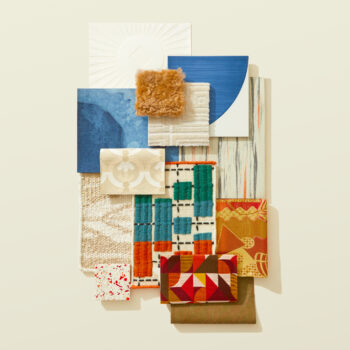
Meditation rooms can serve as a sanctuary for escaping the chaos of everyday life. By incorporating natural materials and elements of the outdoors, these spaces can promote relaxation, clarity, and a deeper connection to oneself. From minimalist monasteries to opulent palaces, meditation rooms have been integral to spiritual practices across cultures and time periods. These tranquil spaces have long provided a refuge for individuals seeking peace, reflection, and spiritual growth, making them essential components of holistic well-being.
In contemporary design, meditation rooms often incorporate elements of nature and use materials like bamboo, natural fibers, and neutral colors to create a calming environment. The use of such materials fosters a connection to the natural world, which is known to enhance mental well-being and reduce stress. A perfect example is the meditation room at the Four Seasons Resort in Bali, which features a thatched roof, wooden floors, and walls made of local stone. This space exudes a warm, earthy feel that encourages guests to relax and unwind.
The renowned architect David Adjaye has embraced this trend, creating spaces that prioritize the psychological and emotional well-being of their occupants. His design for the National Museum of African American History and Culture in Washington, D.C., features a contemplative court with a reflecting pool, providing visitors with a moment of respite from the intensity of the museum’s exhibits. This serene space allows individuals to process and reflect on the powerful stories and histories presented in the museum, highlighting the therapeutic potential of well-designed meditation areas.
Adjaye also designed a meditation room at Ruby City, an art center in San Antonio, Texas. This room features a sculptural black granite altar and a skylight that filters natural light into the space, creating an atmosphere of quiet reverence and introspection. The interplay of light and shadow in this room enhances the contemplative experience, demonstrating Adjaye’s skill in using architectural elements to evoke emotional responses.
Adjaye has spoken about considering the psychological impact of designs on their occupants. In an essay for The New York Times, he wrote, “Architecture must not be indifferent to the lives it serves. It must recognize and embrace the complex ways in which humans experience space, and respond with thoughtfulness, empathy, and creativity.” This philosophy underscores the importance of designing meditation rooms that are not only aesthetically pleasing but also deeply attuned to the needs and experiences of those who use them.
These mindful spaces are essential sanctuaries that offer a break from the hectic pace of modern life. By incorporating natural materials and thoughtful design elements, these spaces can foster relaxation, clarity, and a deeper connection to oneself, playing a vital role in promoting holistic health and spiritual growth.


Read more about designing with natural materials and creating calming spaces in, What Defines Japandi Style?







